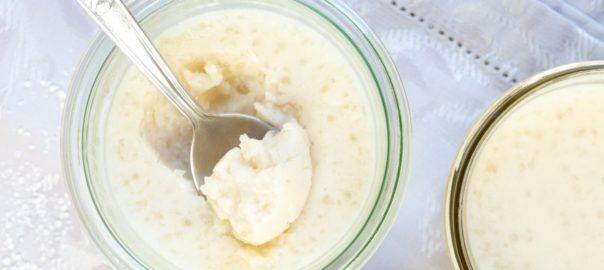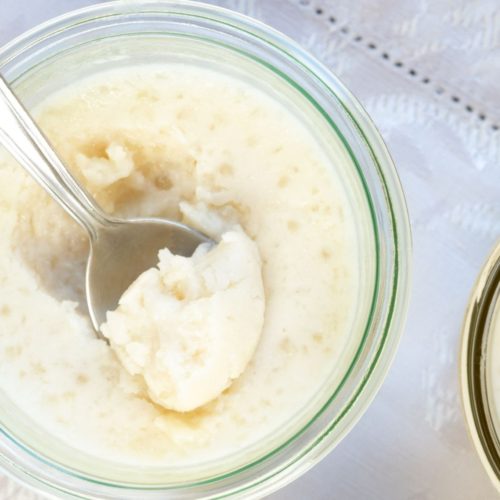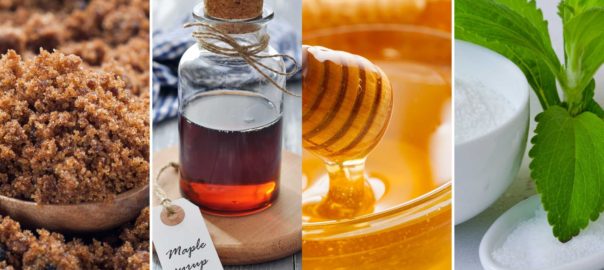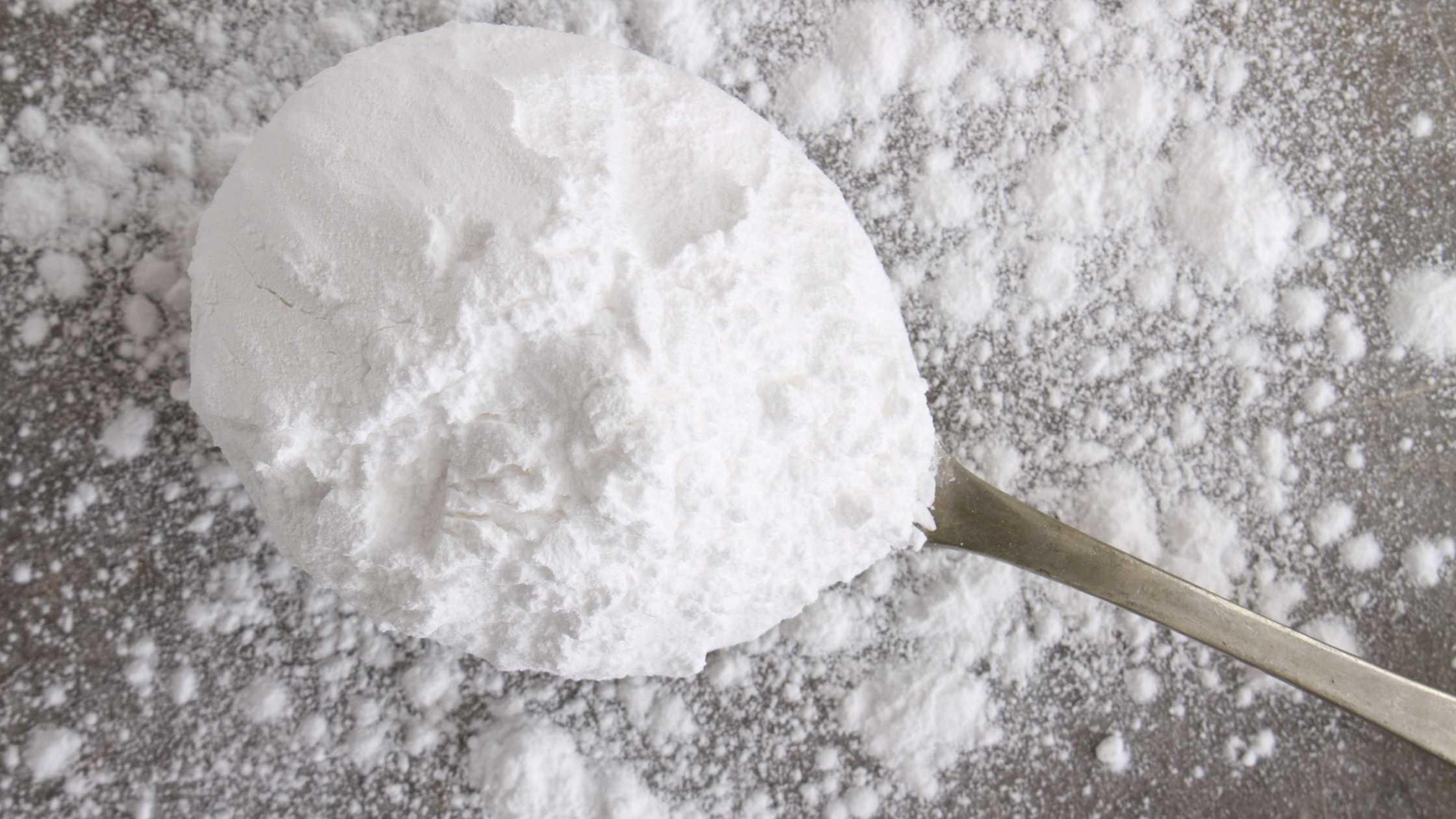Following up on yesterday's post, I received a number of questions about different types of sugar. Rather than getting into a discussion of all the different types of sugar out there I recommend that you check this google link for the particular sugar that you are interested in.
I did, however, want to mention a couple of ideas about substitutions that may be helpful.
Sugar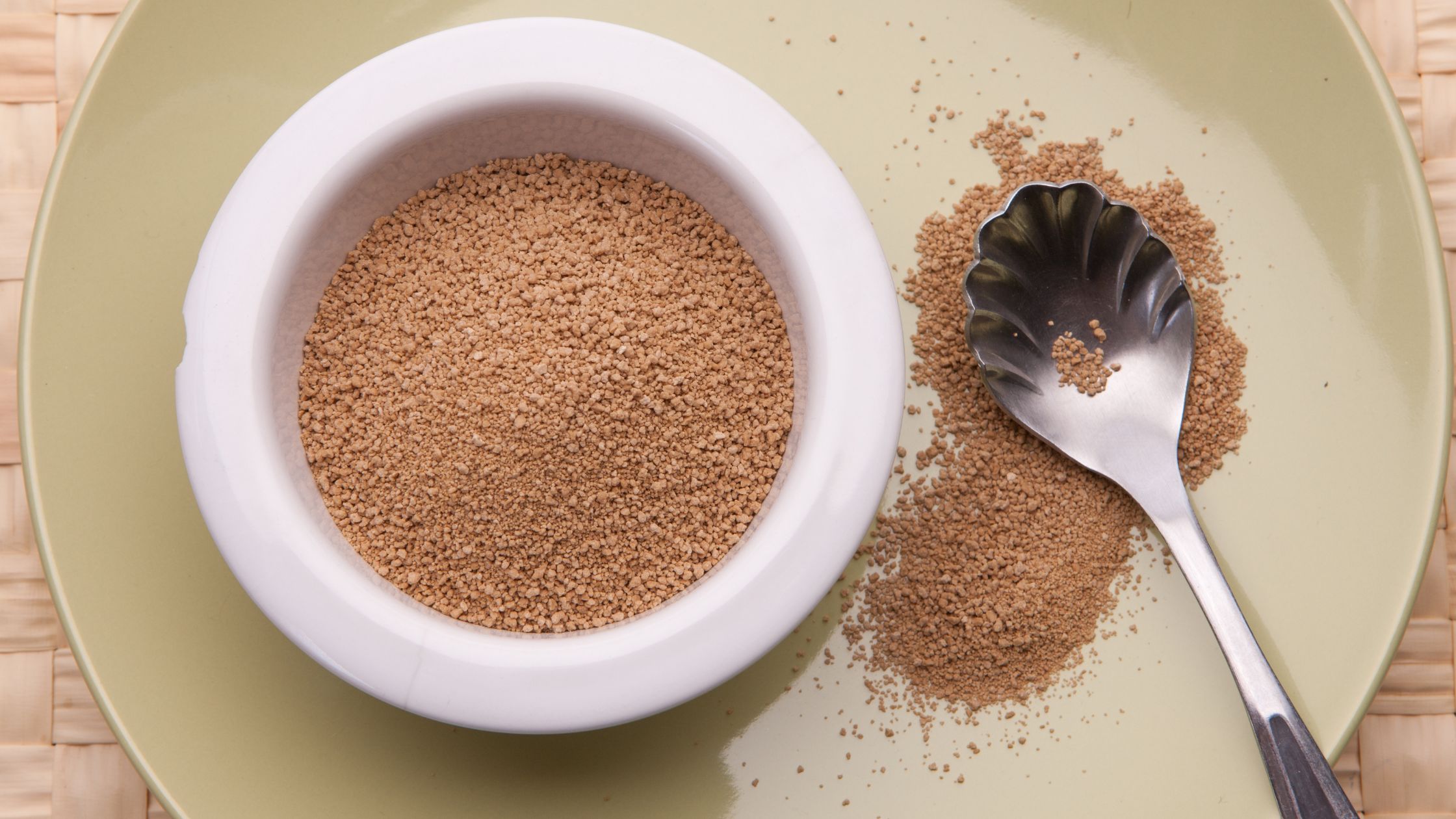
For most baking I substitute sucanat (SUgar CAne NATural - the lowest process sugar you can get) unless I am making something more delicate like scones or lemon cookies, etc. The substitution is one for one, ie, if the recipe calls for 1 C. sugar use 1 C. sucanat.
If I cannot use sucanat because the flavor will overwhelm what I am making, I use evaporated cane juice crystals or demerara depending on what I have on hand. Both are more processed than sucanat but far less processed than white sugar. They are sometimes also found as raw sugar. Again the ratio is one for one.
Brown Sugar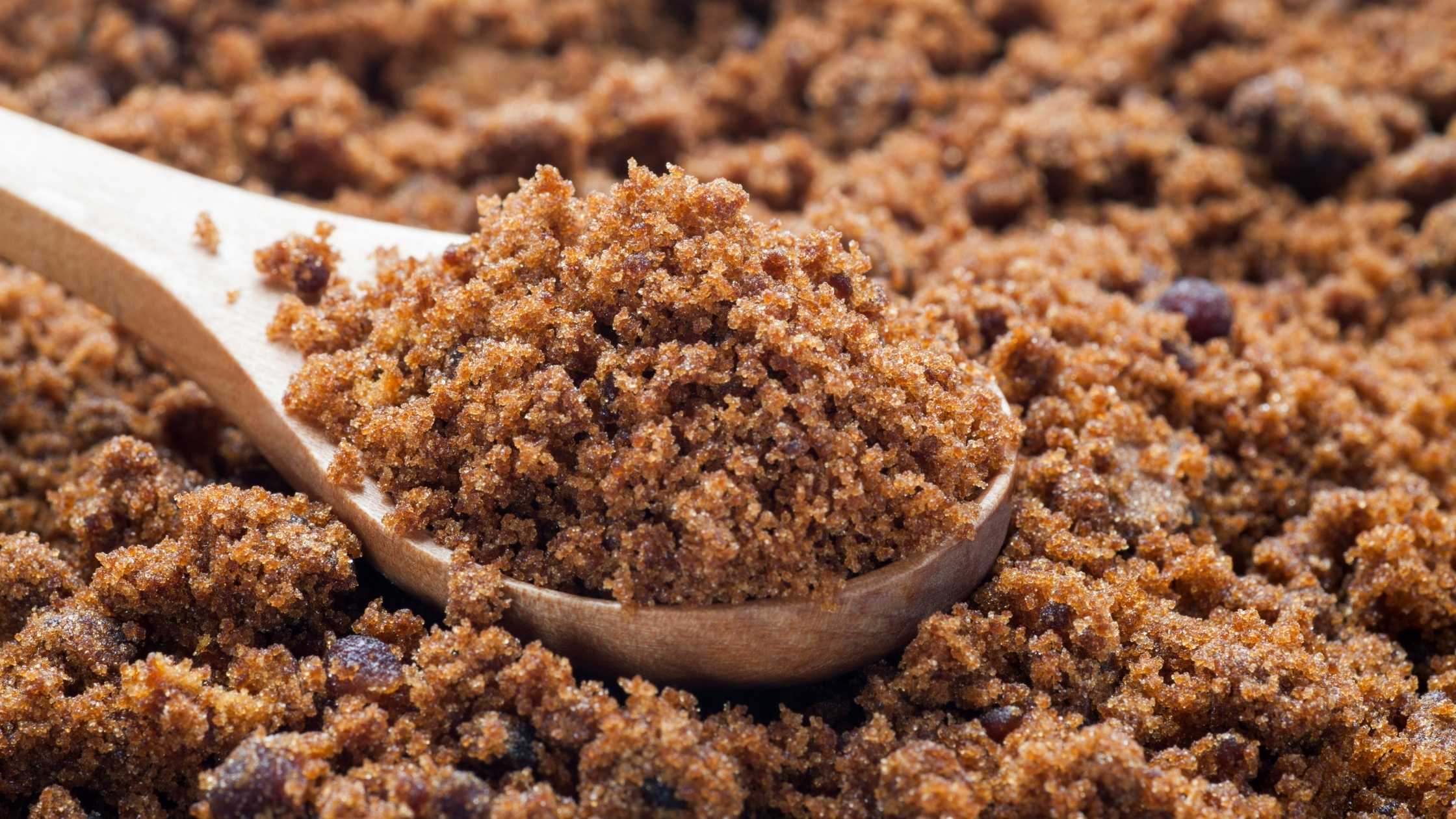
I am going to try using turbinado sugar. I've been using sucanat with a spoonful of molasses mixed in but have recently learned that turbinado is moister and has less calories.
Cinnamon Sugar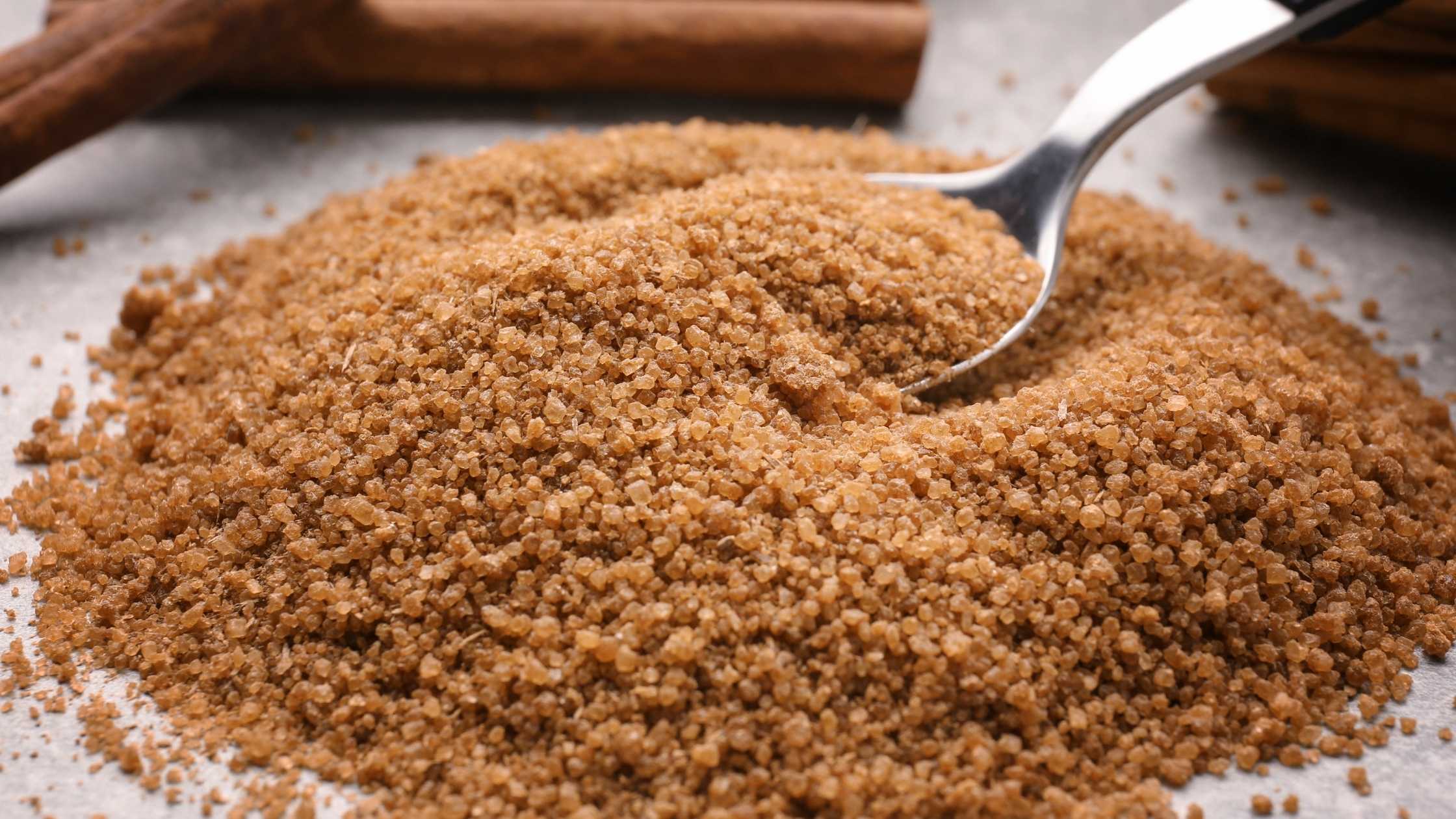
I use a 7-1 ratio, 7 T. sucanat to 1 T. cinnamon.
Confectioner's Sugar
I use sucanat or evaporated cane juice crystals whirred in my cuisinart to make it very powdery. For each C. of powdered sucanat I add 1 T. cornstarch.
Other substitutions that may prove helpful are:
Honey
If you want to use honey instead of sugar in a recipe, use 3/4 C. honey for each C. of sugar called for. Then reduce the remaining liquid by 1/4 C, add 1/4 t. baking soda (to help neutralize the honey) and reduce the heat by 25 degrees F (honey tends to make things darker when baked, reducing the temperature will help keep it from over-browning).
Maple Syrup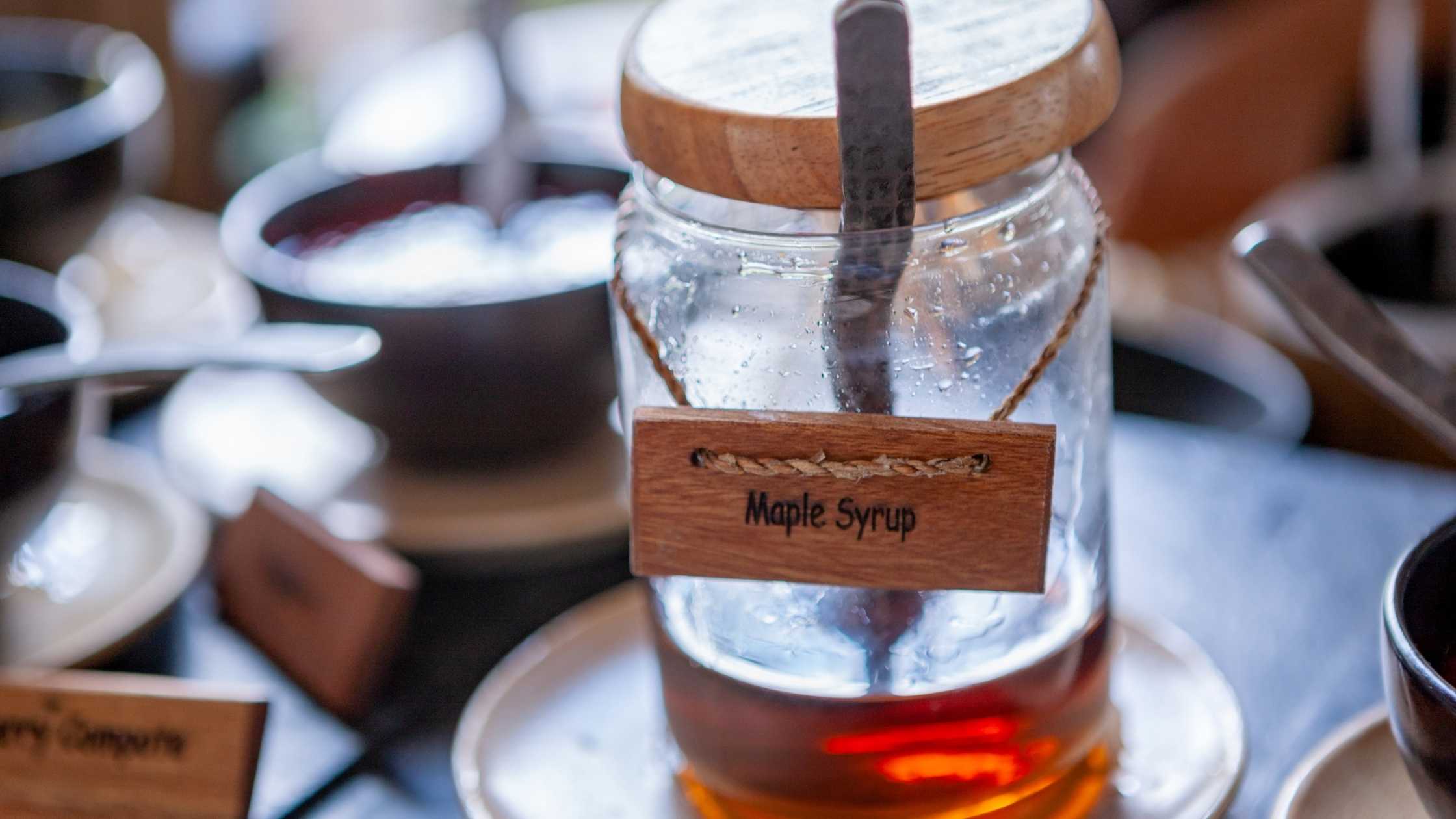
If you want to use maple syrup instead of sugar in a recipe, use 3/4 C. maple syrup for each C. of sugar. Reduce the remaining liquid by 3 T. and add 1/4 t. baking soda to help neutralize the maple syrup).
Finally the non-caloric sweeteners:
I do not use and do not recommend any of the artificial sweeteners. These include Nutrasweet, Splenda, Equal and Sweet-n-Low.
While I like Stevia as a sugar alternative I have not worked much at substituting it in family favorite recipes. The general theory is that 1 C. of sugar can be replaced with 1 t. stevia liquid/1/2 t. stevia concentrate/18 stevia packets. In baking, for every 1 C. of sugar that is replaced with stevia you need to add 1/3 C. "liquid" to replace the missing bulk. Acceptable substitutes would be yogurt, unsweetened applesauce, egg whites (no yolk because that will change the structure of the baked good), fruit puree, unsweetened fruit juice or water.
Learn More on Sugar: The Special Report 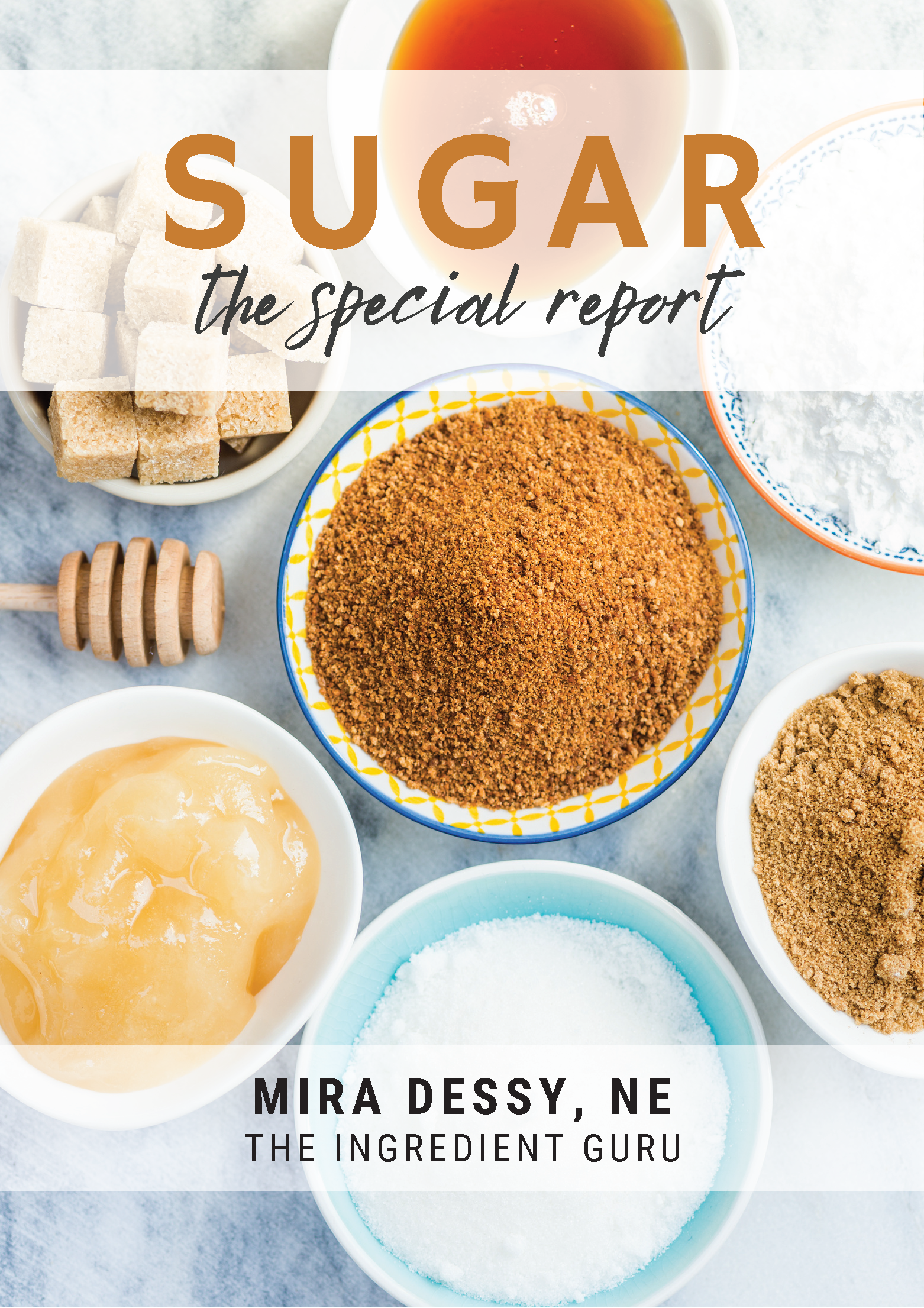
Dive into the eye-opening world of sugar with "Sugar: The Special Report". Discover the hidden dangers of excessive sugar and other sweeteners lurking in processed foods. Gain insights into the health impacts of sugar on chronic diseases and uncover simple steps to make healthier choices.
Whether you're looking to improve your diet or better understand the effects of sugar on your health, this eBook is a must-read. Get your copy now and take control of your sugar intake for a healthier, happier life!

